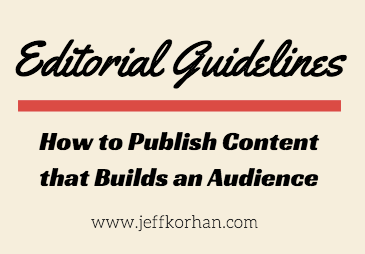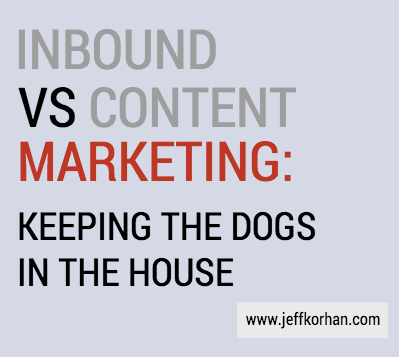Podcast: Play in new window | Download
Subscribe: RSS

This is Episode 62 of This Old New Business weekly business podcast with Jeff Korhan.
In this, our first 2016 episode of This Old New Business we discuss why breaking your publishing schedule is not a good thing to do, but it’s better than publishing content that does not merit the attention of your audience. Maybe you could capture their attention by printing some personal merchandise to sell or give out, you could do that by contacting Ricoh Printers to see what printing services they have available for you.
In addition to recommitting to this show, we are starting a new podcast show for landscaping, lawn care and other green industry professionals that want to discover relevant resources, tools and training on all aspects of digital marketing.
You can sign up to be notified about the launch at Landscape Digital Institute.
Build a Professional Digital Marketing Plan
Many small businesses understand and use an editorial calendar to plan the consistent publishing of content. In addition to consistent publishing, it is also vital to have guidelines for assuring that content meets the expectation of its targeted audience.
#1 – Business Objectives
Whether the priority is attracting leads, retaining customers or increasing a particular type of revenue, those objectives will shape the strategy for achieving them.
#2 – Content Mission
The content mission or purpose must define the target audience and specifically address how it is going to deliver value and achieve desired outcomes for that audience.
#3 – Content Goals
The cure for mediocre content is clarity that comes from measuring progress against strategic goals. These may include growing email subscribers, nurturing relationships with current customers or documenting and refining the brand story.
#4 – Audience Persona(s)
Descriptive audience personas help to create content that addresses the right needs and wants at the most important touchpoints throughout the customer experience.
#5 – Business Distinction
The value your business brings to an audience becomes the collective brand story that distinguishes the business from every other for the audience it was meant to serve.
#6 – Editorial Calendar
The editorial calendar is more than a schedule of activities. It considers the content goals, audience needs and resources available. Additionally, it should help to streamline the content workflow to create content with greater impact. The editorial calendar should also establish who owns the content from ideation to publication and promotion.
#7 – Publishing Guidelines
The content voice and tone are just a couple of important publishing guidelines. Article length, headline style and image size are all essential for creating content with a consistent look and feel that resonates with the target audience. If you happen to use outside contributors, these guidelines will make it much easier to maintain consistency.
#8 – Channel Plan
The channels your business uses to publish and promote content should be intentional. There should be a logical sequence to when and where content is first published, republished and promoted. This workflow sequence saves time and makes the most of your content ideas.
#9 – Tools
There are numberless tools for creating, curating and sharing content. Smart businesses tend to settle in on a few and use them well.
I’d love to hear your thoughts on editorial guidelines. Meet me over on Twitter to take the conversation further.
Key Take-Aways
- Download an editorial template from Content Marketing Institute.
- Sign up for the launch of Landscape Digital Institute to be notified of our upcoming launch.
How to subscribe to This Old New Business podcast
Click here to subscribe via iTunes.
You can also subscribe via Stitcher.
Help us Spread the Word
If you enjoyed this episode, please head over to iTunes or Stitcher to leave a rating, write a review, or subscribe.
About the Author: Jeff Korhan, MBA, is the author of Built-In Social: Essential Social Marketing Practices for Every Small Business and host of This Old New Business podcast.
He helps organizations use media to create exceptional customer experiences that drive business growth in a digital, social and global world. Connect with Jeff on LinkedIn, Twitter, Facebook, and Google+



